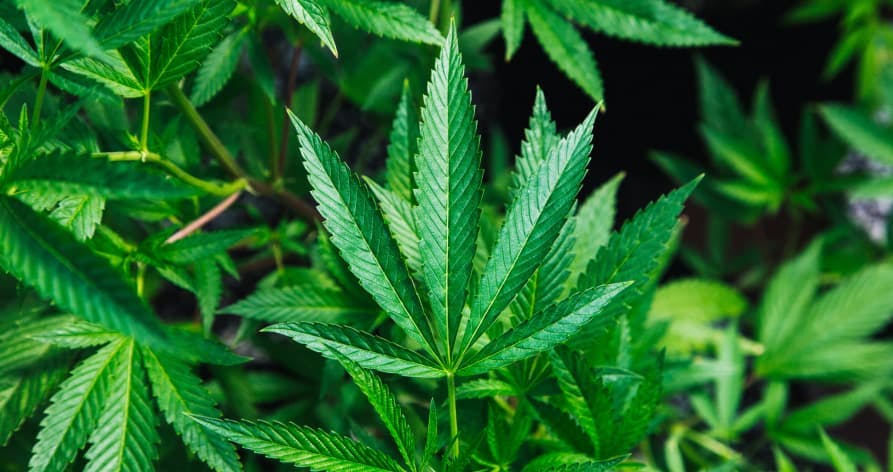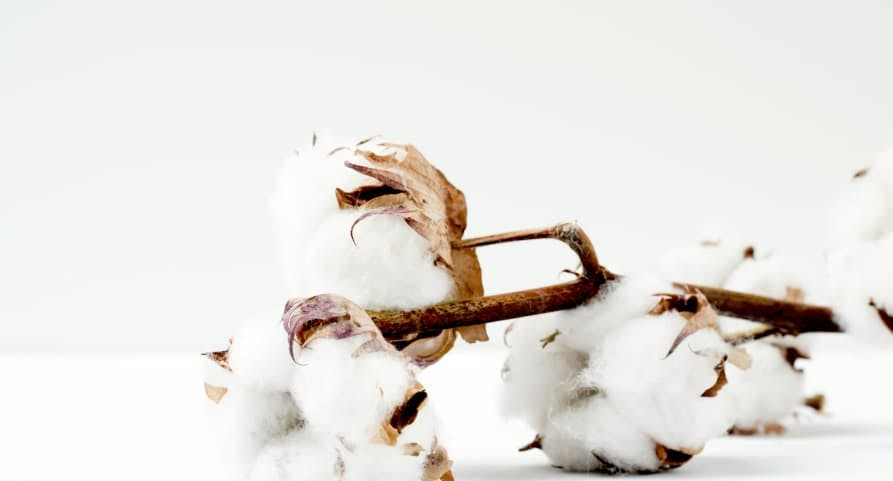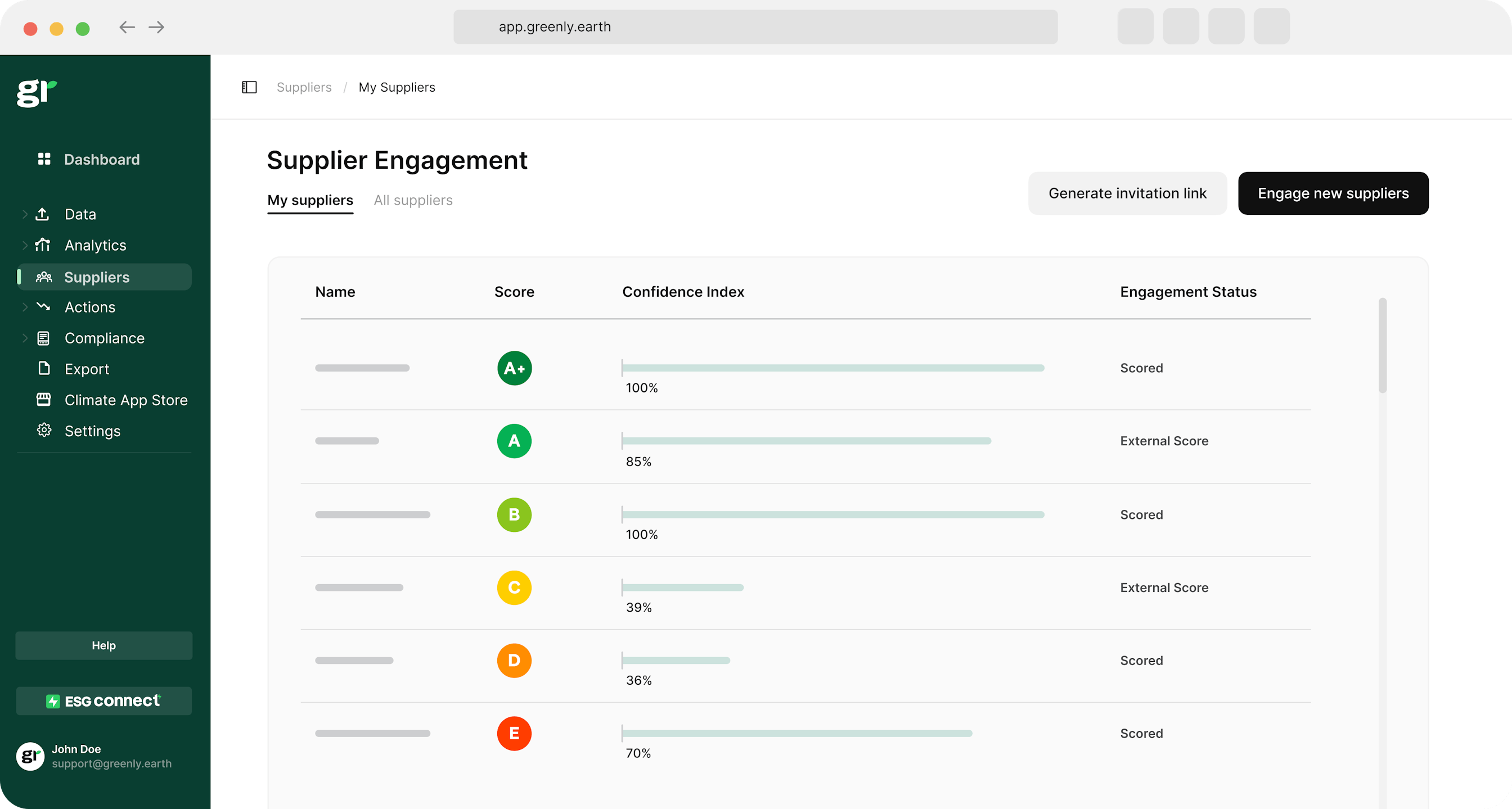ESG / CSR
Industries
What Are Sustainable Fabrics?



Twenty years ago when you purchased a new outfit at the mall, the thing you were most concerned with was how the clothes fit or if they were in style.
Today, people tend to put a little more effort into shopping for clothes – as up to 55% of US customers have shown a interest in buying sustainable clothing.
💡 As a result, everyone is making an effort to better understand the sustainable fabrics used in clothing to better decipher which garments will be the most suitable for them and also the environment.
There are several different types of sustainable clothing and sustainable fabrics to choose from, but how do these sustainable fabrics really help in reducing the environmental impact created by the fashion industry?
In this article, we’ll explain what sustainable fabrics are, why they are important, and provide examples of sustainable fabrics.
What are sustainable fabrics and textiles?
Sustainable fabrics refer to clothing materials that are derived from natural or eco-friendly sources such as sustainable grown crops, recycled materials, or other biodegradable materials.
💡The sustainability of fabrics is often determined by how many resources and energy are required to manufacture the material into a tangible fabric.
A few of the most well-known examples of sustainable fabrics include:
- Cotton as it can be grown without the use of pesticides
- Bamboo as it can quickly regenerate itself and can help reduce water usage
- Hemp as doesn’t require many chemicals to produce
- Linen as it’s a natural fiber made from flax plants
Here are some examples of clothing brands that often make use of sustainable fabrics:
- Patagonia
- Veja
- EILEEN FISHER
- Amour Vert
- Reformation
👉 Ultimately, sustainable fabrics can be viewed as an effort to counteract the negative effects created on behalf of fast fashion – as sourcing and manufacturing clothes via the use of sustainable fabrics can result in the garments being subject to less CO₂ in comparison to traditional clothing garments.

What are some examples of sustainable fabrics?
There are several different types of sustainable fabrics to choose from, such as hemp, bamboo, wool, linen, and more.
Here is a breakdown of the different types of sustainable fabrics and how they help to reduce the environmental impact created by the fashion industry:
Hemp
Known as one of the hallmark examples of sustainable fabrics, hemp requires very few resources to grow and turn into various sustainable fabrics – making it one of most ethical choices for clothing.
💡 However, it is important to note that some hemp is grown with added chemicals – meaning that only organic hemp may be considered as a sustainable fabric.
Bamboo
Bamboo is a popular choice for sustainable packaging, but unbeknownst to most – it can also be used as a sustainable fabric in the fashion industry.
This is because bamboo is a regenerative crop that requires little water and no fertiliser to be grown. In addition to this, bamboo grows quickly – making it an easily accessible material to keep up with supply and demand.
Wool
Known for its warming and moisture-wicking properties, wool is also considered a sustainable fabric seeing as the material comes from shaved sheep hair – making it a natural and biodegradable material.
💡 Remember, wool isn’t vegan – which means it’s important to look for certifications to ensure sheep was not harmed in the process of extracting wool, otherwise – the material is no longer renewable and can’t be considered a sustainable fabric.
Recycled & Organic Cotton
Cotton, whether organic or recycled, is a soft and breathable sustainable fabric if grown without the use of synthetic fertilisers, pesticides, or GMOs.
Several clothing brands will be labeled as cotton, meaning that it’s important to look for a Global Organic Textile Certification (GOTS) when shopping to avoid falling for false environmental labelling.
Linen
Linen is made from flax plants, which grow quickly and don’t require fertiliser, pesticides, or much water – much like bamboo.
Since almost an entire flax plant can be made into linen, it helps to mitigate waste – in addition to linen being biodegradable to help avoid excess greenhouse gas emissions making its way to our landfills.
👉 It is important to note that linen can be expensive, seeing as the majority of linen is produced in Europe – meaning that other countries and customers alike may need to pay costly import fees to secure linen.
Silk
Silk, which comes from silkworm caterpillars, is considered to be a sustainable fabric seeing as it is a low effort, renewable resource – as silkworms only need to eat leaves from mulberry trees to make silk, which can also be considered a renewable resource.
The table below will help you to compare and contrast the pros and cons of each of the sustainable fabrics listed above:
| Fabric | Pros | Cons |
|---|---|---|
| Hemp | Requires few resources to grow, ethical when organic. | Some hemp uses chemicals, only organic hemp is truly sustainable. |
| Bamboo | Regenerative crop, grows quickly, requires no fertiliser. | Can undergo intense chemical processing for softer fabrics. |
| Wool | Natural, biodegradable, moisture-wicking, renewable. | Not vegan, requires ethical sourcing certifications. |
| Recycled & Organic Cotton | Soft, breathable, grown without synthetic chemicals or GMOs. | Must look for GOTS certification to avoid greenwashing. |
| Linen | Grows quickly, minimal waste, biodegradable. | Expensive due to import fees, primarily produced in Europe. |
| Silk | Renewable, low effort, promotes healthy skin and hair. | Not vegan, comes from silkworms. |

What are some of the different labels to understand when looking for sustainable fabrics?
Alongside the growing effort to make the fashion industry more sustainable, textiles are often marked with various labels to demonstrate how they were made with eco-friendliness in mind – such as with a Fair Trade, OEKO-TEX Standard 100, or Global Organic Textile Standard (GOTS) label.
💡 In the same way that many food products sold at grocery stores have incorporated labelling to communicate their environmental efforts to the consumer, the fashion industry has employed the same method – but it is important to note that some labels may be misleading and could fall subject to greenwashing.
Here are some examples of eco-friendly fashion labels and certifications which may signal the use of sustainable fabrics having been used to produce the garment:
- BLUESIGN – This label works to certify textiles that are made with environmental standards across its supply chain.
- Certified Organic – Clothes with this label insinuate that the garment was made via the use of organic farming tactics, meaning it's likely that sustainable fabrics without the use of chemicals or synthetic pesticides were used in production.
- Global Organic Textile Standard (GOTS) – This eco-friendly label focuses on ensuring that garments are made with organic fibers and meet environmental standards throughout the production process of the clothing item.
- OEKO-TEX Standard 100 – This label tests for the use of harmful substances to confirm to the customer that every button and thread have been tested against the use of detrimental chemicals.
- SA8000 – This is a social certification standard that demonstrates that fair working conditions were employed through the manufacturing processes.
- Fair Trade – One of the most well-known labels used on a wide variety of products worldwide, Fair Trade ensures that fair wages and ethical working conditions were employed – especially in developing countries.
👉 Searching for and seeking to better understand these fashion labels can help consumers to improve their knowledge on sustainable fabrics and determine if the product they wish to purchase was truly made with the environment in mind.

What else can the fashion industry do to reduce their environmental impact besides using sustainable fabrics?
There are several things that the fashion industry could do to reduce their environmental impact besides the use of sustainable fabrics, such as by encouraging the industry to stray away from excess consumption and fashion trends that come and go too quickly.
💡 The fashion industry would be difficult to rework itself into a more sustainable business model, seeing as events such as Paris or New York Fashion Week and social media contribute to the growing interest in fashion.
Luckily, there have been some examples of Fashion Week going green – such as with Shawn Mendes’s collab with Calvin Klein, which has made an effort to develop a trendy fashion while also utilising recycled and innovative materials to promote the importance of sustainable fashion.
Here are a few other things the fashion industry could do to reduce its environmental impact:
- Waste Reduction & Sustainable Production – Implementing other initiatives such as upcycling, the use of energy efficient equipment, or renewable energy sources to produce clothing could also help to reduce fashion brands’ environmental impact.
- Promoting Slow Fashion – Encouraging people to buy fewer, more high-quality pieces of clothing instead of referring to mass consumption as seen at pop culture events such as the Eras Tour, could help to reduce the impact of fast fashion.
- Social Media Posts on Thrifting – Influencers with a voice in fashion could share with their followers how cool thrift shopping is to help garments be used until they completely fall apart.
- Decarbonise Supply Chains – Fashion brands that commit to working with a third party like Greenly can demonstrate their efforts to take effective action to track and disclose the environmental impacts created by their supply chain – and also work to reduce emissions created by their suppliers.
👉 Therefore, it’s not important for organisations within the fashion industry to utilise sustainable fabrics and materials – but to employ a well-rounded approach to decarbonise the fashion industry as a whole.

Which sustainable fabrics may be best for you or your company?
The best kind of sustainable fabric for you or your company to purchase will be dependent on what you’re looking for: durability or affordability.
💡 If your company or individual household is looking to buy sustainable fabrics that are both affordable and durable, two of the best options include organic cotton and hemp.
Both hemp and organic cotton are more expensive than non-sustainable fabrics, but these options provide a balance in helping the environment without breaking the bank.
Overall, regardless of which sustainable fabric you or your company choose to purchase – the use of any kind of sustainable fabric is a step in the right direction to help reduce the monumental impact the fashion industry has had on the environment.
What About Greenly?
If reading this article about sustainable fabrics has made you interested in reducing your carbon emissions to further fight against climate change – Greenly can help you!
Making an effort to switch your company over to the values of a green business can be overwhelming, but don’t worry – Greenly is here to help. Click here to schedule a demo to see how Greenly can help you find ways to improve energy efficiency and decrease the dependency on fossil fuels in your own company.
Greenly can help you make an environmental change for the better, starting with a carbon footprint assessment to know how much carbon emissions your company produces.
Click here to learn more about Greenly and how we can help you reduce your carbon footprint.




